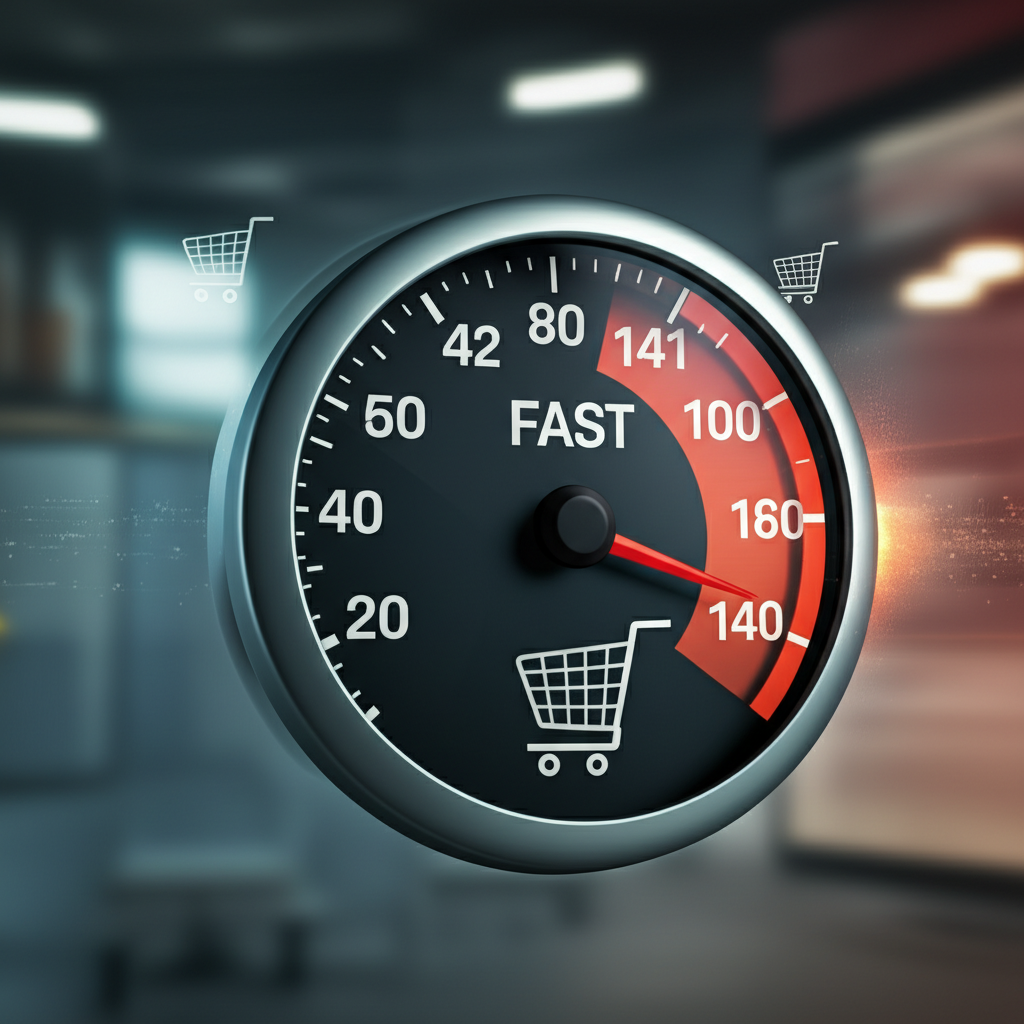- Website Speed: A Critical Factor for User Experience
- The Impact of Website Speed on SEO
- Optimizing Website Speed for Better Search Engine Rankings
- Website Speed and its Direct Impact on Sales
- Boosting Sales Through Website Speed Optimization
- Conclusion: Prioritize Website Speed for Success
Website Speed: Crucial for SEO & Sales
Website speed plays a vital role in both your search engine optimization (SEO) and, ultimately, your sales. In today’s fast-paced digital world, users expect websites to load quickly and efficiently. A slow website can lead to a frustrating user experience, driving potential customers away and negatively impacting your bottom line. This article will delve into why website speed is so crucial, explore the impact on SEO and sales, and provide actionable strategies to optimize your website’s performance.
Website Speed: A Critical Factor for User Experience

User experience is paramount in the online world. A slow-loading website can create a negative first impression, leading to higher bounce rates and decreased user engagement. Imagine waiting for a page to load for more than a few seconds; most users will simply abandon the site and move on to a competitor. This is especially true for mobile users, who often browse on slower connections and have even less patience for delays. A seamless and quick browsing experience, however, encourages users to explore your content, interact with your site, and ultimately, convert into paying customers.
The Impact of Website Speed on SEO
Search engines like Google prioritize user experience. Consequently, website speed is a significant ranking factor. Google’s algorithms consider how quickly a page loads when determining its search engine ranking. A faster website is more likely to rank higher in search results, leading to increased organic traffic and visibility. Slow-loading websites, on the other hand, are penalized, potentially relegating your site to the lower pages of search results where it’s less likely to be seen by potential customers.
Optimizing Website Speed for Better Search Engine Rankings
Several technical aspects influence website speed, and addressing them is crucial for SEO success. These include:
Image Optimization: Large image files are a common culprit of slow loading times. Optimizing images by compressing them without sacrificing quality significantly improves website performance. Tools like TinyPNG and ShortPixel can help reduce file sizes without noticeable image degradation.
Minimizing HTTP Requests: Each element on a webpage, from images and scripts to CSS files, requires a separate HTTP request. Reducing the number of these requests by combining files or using CSS sprites can streamline the loading process.
Leveraging Browser Caching: Browser caching allows a user’s browser to store static elements of your website, such as images and logos, on their local device. This means that on subsequent visits, these elements load much faster, improving the overall browsing experience.
Choosing the Right Web Hosting: Your web hosting provider plays a critical role in your website’s speed. Opting for a reliable and high-performance hosting plan, preferably one that utilizes solid-state drives (SSDs) and content delivery networks (CDNs), is essential for optimal performance.
Website Speed and its Direct Impact on Sales
The relationship between website speed and sales is undeniable. A faster website directly translates to improved conversion rates. When users can easily navigate your site and find the information they need quickly, they are more likely to complete a purchase or engage with your call to action. Conversely, a slow website can lead to cart abandonment and lost revenue. Studies have shown that even a one-second delay in page load time can result in a significant drop in conversions.
Boosting Sales Through Website Speed Optimization
Optimizing website speed is an investment that yields tangible returns. By prioritizing website performance, you can:
Reduce Bounce Rate: A fast-loading website keeps users engaged, reducing the likelihood of them bouncing off your site before converting.
Improve Conversion Rates: A seamless browsing experience encourages users to complete desired actions, whether it’s making a purchase, filling out a form, or subscribing to a newsletter.
Enhance Customer Satisfaction: Positive user experience fosters customer loyalty and encourages repeat business. Satisfied customers are more likely to recommend your site to others, further expanding your reach.
Increase Average Order Value: A streamlined and efficient website can encourage users to browse more products and potentially add more items to their cart, leading to a higher average order value.
Conclusion: Prioritize Website Speed for Success
In conclusion, website speed is not merely a technical aspect of your online presence; it’s a critical factor that directly impacts your SEO, user experience, and ultimately, your sales. By investing in website optimization strategies and prioritizing performance, you can create a positive user experience, improve your search engine ranking, and drive significant business growth. Regularly monitoring your website’s speed and implementing necessary improvements is crucial for staying ahead of the competition and achieving long-term success in the digital landscape.











Leave a Reply